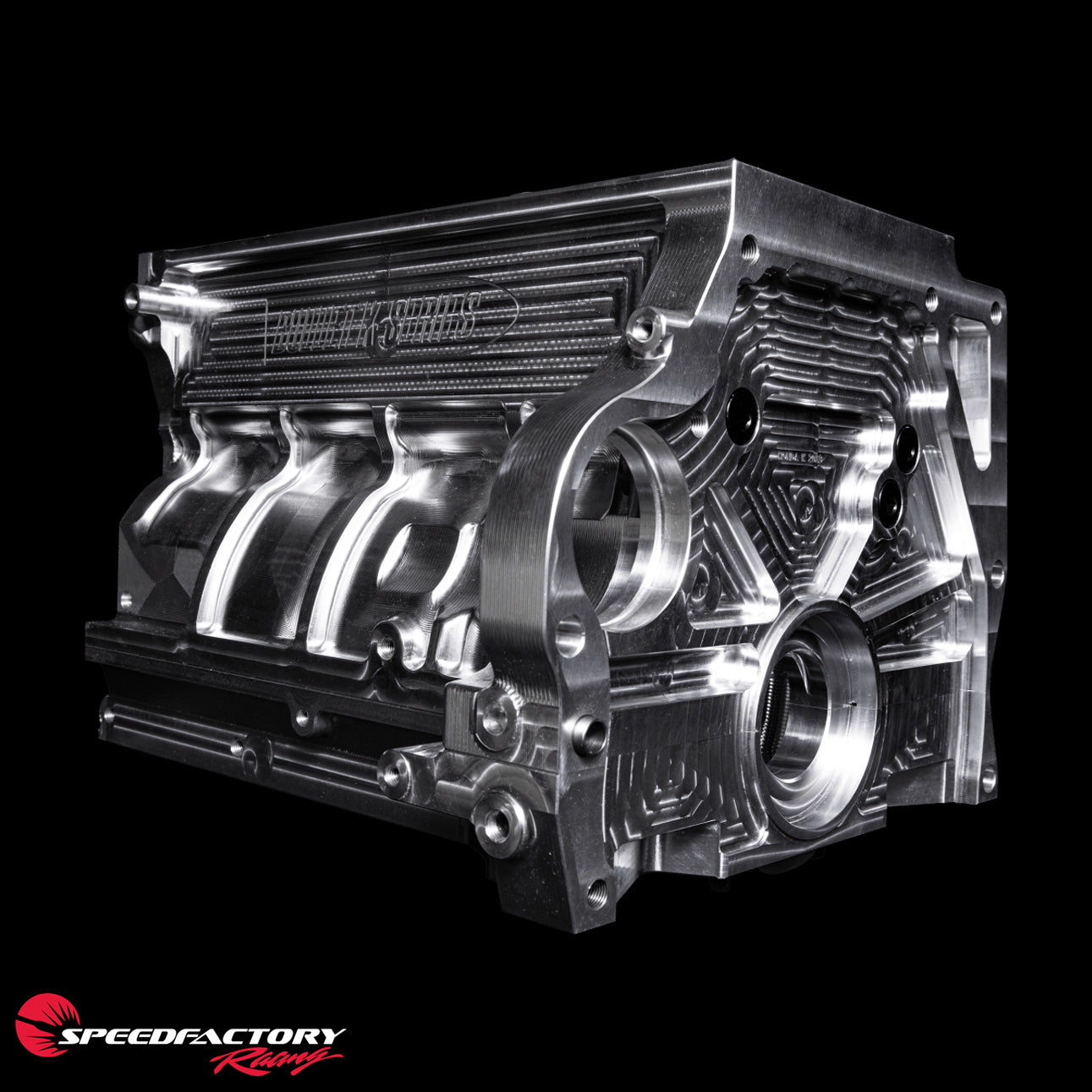All About the K20 Engine: Key Insights Into Its Design and Efficiency Perks
The Honda K20 engine, a remarkable piece of design, continues to be a topic of intrigue among car enthusiasts and specialists alike. Let's embark on a journey to recognize the complexities that make the K20 engine a standout entertainer.
The Origin and Development of the K20 Engine
The K20 engine, a marvel of automotive design, traces its roots back to the turn of the centuries. Over the years, the K20 engine has actually developed, integrating technical advancements whilst keeping its core layout philosophy. In spite of the surge of more recent engines, the K20 still holds its ground, a testament to its well-conceived origins and consistent refinement.
Understanding the Style of the K20 Engine
The K20 engine's special structure is a marvel of design that establishes it apart from its equivalents. Its efficiency attributes and requirements highlight the careful focus to information and innovation that went into its creation. The engine's air conditioning and lubrication systems even more demonstrate the innovative approach taken in its layout.
K20 Engines Special Structure
While numerous engines boast impressive specs, it is the one-of-a-kind structure of the K20 engine that sets it apart. Honda, the producer, designed this engine as component of the K-series, which are four-cylinder, four-stroke engines. The K20, especially, features a light weight aluminum cyndrical tube block with an actors iron cylinder liner. Its small structure is amazing for its high-revving nature, which is supported by a dual overhead camshaft (DOHC) layout. This DOHC layout, integrated with the VTEC system (Variable Valve Timing and Lift Digital Control), ensures effective gas burning and a broad powerband. Such a taken into consideration framework is one of the factors the K20 engine has gained a reputation for its high performance and dependability.
Efficiency Characteristics and Specs
In order to genuinely understand the K20 engine's remarkable efficiency, one must delve into its complex design and technical requirements. This inventive engine, an item of Honda's engineering prowess, boasts a 2.0 L variation, and a four-cylinder, DOHC i-VTEC configuration. The K20 engine additionally includes a high compression proportion of 11:1, enhancing gas efficiency and power generation.
Ingenious Cooling and Lubrication
Couple of aspects of the K20 engine's design are as crucial to its performance as its resourceful cooling and lubrication system. It includes a high-flow oil pump and a special oil filter layout to make sure tidy, unhampered oil circulation to crucial engine elements. This innovative cooling and lubrication setup is an essential element in the K20 engine's prominent durability and performance, supplying vital defense against wear and thermal damages.
The Technical Specifications of the K20 Engine

Efficiency Attributes of the K20 Engine
In analyzing the K20 engine, one have click reference to consider numerous performance features. Notably, the power output and the style features improving efficiency are crucial facets to examine. Similarly vital is the factor to consider of gas performance, showing the engine's economic practicality.
K20 Engine's Power Result

Design Includes Enhancing Efficiency
In spite of its small dimension, the K20 engine boasts several style attributes that substantially boost its efficiency. Known for its high-revving nature, it uses a twin overhead camshaft (DOHC) format, which enables much better shutoff control and higher efficiency at faster speeds. The application of Honda's i-VTEC system additional enhances shutoff timing, adding to the K20's remarkable power result. A significantly square birthed and stroke proportion aids in achieving a balance in between torque and horsepower. This engine also features a light-weight, die-cast aluminum block that lowers general weight, resulting in boosted vehicle dynamics and velocity capacities. These design components interact, making the K20 a standout performer in its class. K20 Engine.
Gas Effectiveness Considerations
Although the K20 engine is renowned for its power and performance, its fuel efficiency factors to consider can not be overlooked. The engine's computer-controlled system also tweaks fuel injection and ignition timing, additionally boosting gas economic climate. The K20 engine provides an impressive mix of performance and fuel efficiency, making it a selection engine for lots of performance and economy-minded chauffeurs.
Usual Applications and Uses of the K20 Engine

The Advantages and Drawbacks of the K20 Engine
Having established the K20's extensive use in numerous applications, it's continue reading this equally important to consider its benefits and drawbacks. On the positive side, the K20 engine is admired for its high performance and reliability. The engine is not without its disadvantages.
Conclusion
In conclusion, Honda's K20 engine, presented in 2001, is a wonder of automobile design. In spite of some disadvantages, the K20 engine's benefits plainly outweigh them, making it an amazing accomplishment in the automobile sector.
While lots of engines flaunt impressive specifications, it is the special structure of the K20 engine that establishes it apart. Honda, the producer, designed this engine as component of the K-series, which are four-cylinder, four-stroke engines.Couple of aspects of the K20 engine's design are as essential to its performance as its inventive air conditioning and lubrication system.Despite its small size, the K20 engine flaunts numerous layout functions that considerably enhance its performance. The K20 engine provides an impressive mix of performance and gas efficiency, making it a selection engine for many performance and economy-minded vehicle drivers.